Bringing a product to market in 2025 requires more than a great pitch; it demands orchestration, alignment across teams, real-time signals, and data-driven execution. In this era of buyer complexity, global markets, and faster decision-making cycles, your go-to-market (GTM) stack becomes a competitive advantage. The right tools help you execute your strategy, not just plan it.
Below are the 9 tools that stand out this year for GTM teams of all sizes. For each, you’ll find a description, top features, who it’s best for, pricing pointers, and a quick tip to get started.
1. Tapistro – The All-in-One AI-Powered GTM Platform
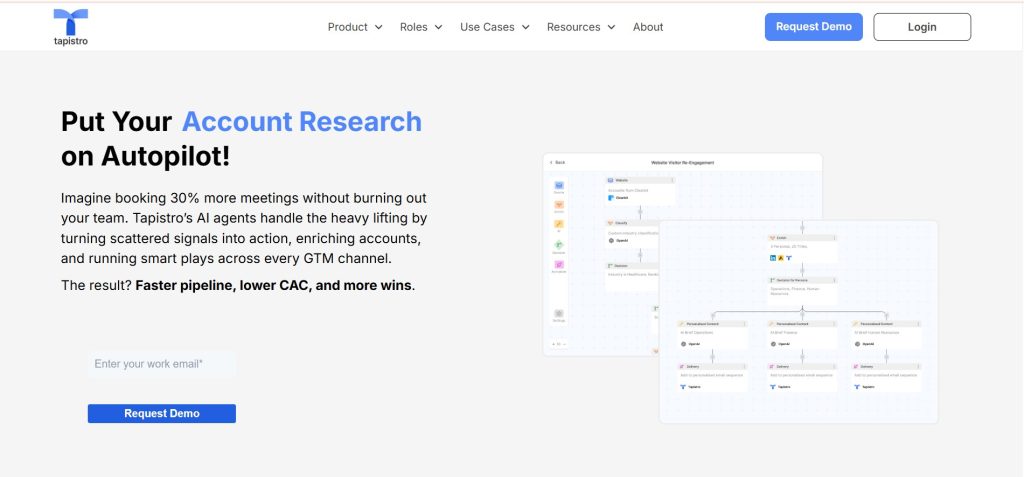
Description:
Tapistro is an AI-driven Go-to-Market orchestration tool designed to unify marketing, sales, and customer success efforts. It helps teams map buyer journeys, automate campaigns, and gain actionable insights through real-time analytics.
Top Features:
• AI-based GTM strategy builder with templates and competitive benchmarks
• Integrated campaign management across email, LinkedIn, and ads
• Smart analytics dashboard tracking ROI, engagement, and pipeline velocity
Best For: Startups, SaaS, and B2B enterprises aiming for data-driven launches
Pricing: Free trial available, custom pricing
2. HubSpot – The Unified CRM & Marketing Engine

Description:
HubSpot is a comprehensive inbound marketing, sales, and service platform that enables GTM teams to centralise customer data, automate campaigns, and gain insights across teams.
Top Features:
• Smart CRM with integrated Marketing Hub, Sales Hub, Service Hub, Data Hub, and AI-agents (Breeze)
• Drag-and-drop campaign creation, multichannel workflows, and automation built in
• Robust contact management, pipeline tracking, and analytics dashboards
Best For: Small to mid-sized companies looking to align marketing, sales & service under one roof
Pricing: Free CRM plan available; paid tiers vary by hub/user
3. Apollo.io – Sales Engagement + Lead Intelligence Platform
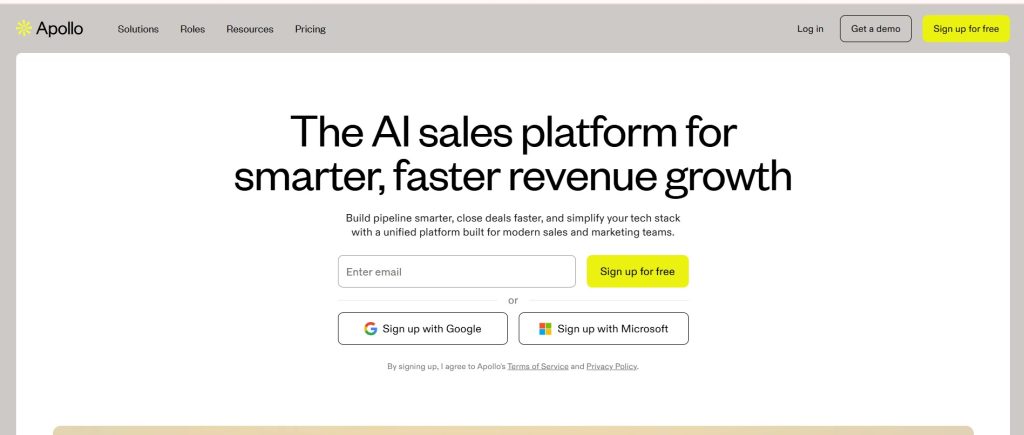
Description:
Apollo.io is a B2B sales engagement and lead intelligence platform, helping GTM teams automate outreach, find data-rich contacts, and track engagement across multiple channels.
Top Features:
• Massive B2B contact database with filters for job title, company size, industry, buyer intent signals
• Multi-channel outreach sequencer (email, LinkedIn, calls) with analytics on opens, replies, meetings
• CRM integration to sync contact data and campaign activity into your workflow
Best For: Sales development teams, outbound-heavy GTM motions, companies building pipeline at scale
Pricing: Free plan available; paid starts around $59/user/mon
4. 6sense – AI-Powered ABM & Revenue Intelligence Platform
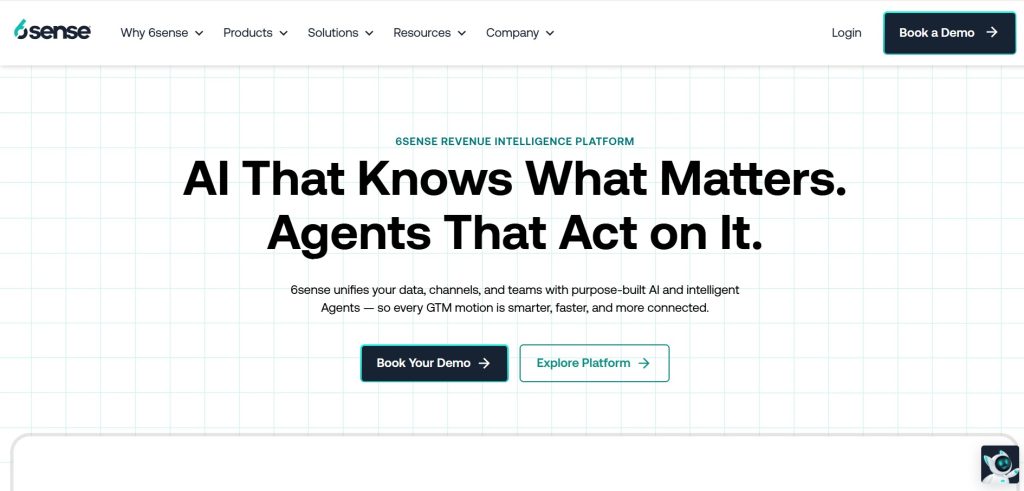
Description:
6sense is an account-based marketing (ABM) and revenue intelligence tool designed to help GTM teams identify when high-value accounts are in market, personalise engagement, and orchestrate multi-touch programs.
Top Features:
• AI-driven signal capture (intent, technographics, buying stage) to prioritise accounts
• Intelligent workflows for personalised outreach across buyer journeys
• Unified analytics linking marketing engagement to pipeline and revenue outcomes
Best For: Mid-sized to enterprise organisations with ABM programmes and multiple stakeholders
Pricing: Custom enterprise pricing
5. Demandbase – B2B Marketing Platform for ABM & Personalisation
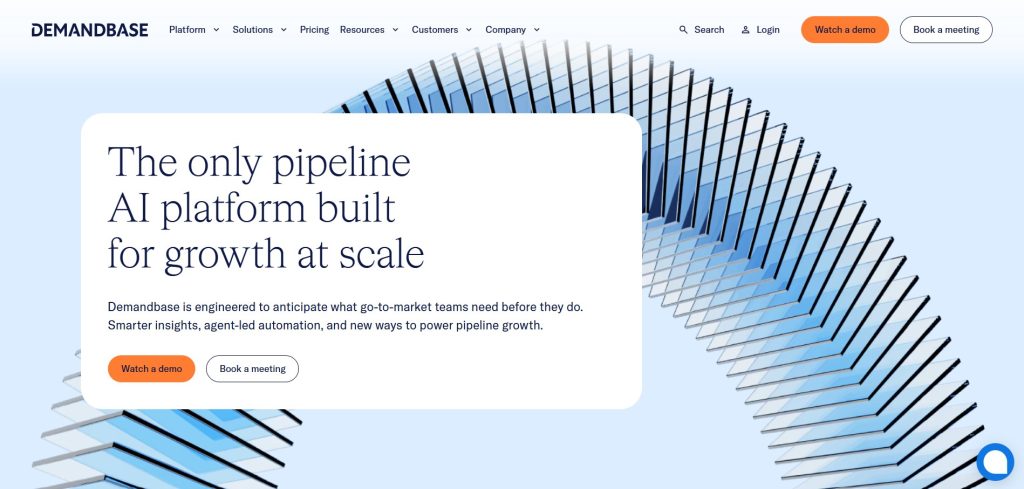
Description:
Demandbase is a B2B marketing platform specialising in account-based marketing, personalisation, and multi-channel engagement to align GTM teams on high-value accounts.
Top Features:
• Account identification and enrichment with firmographics & intent data
• Personalised multi-channel campaigns (web, ads, email) by account segment
• Measurement dashboards tying account engagement to conversions
Best For: Organisations running structured ABM campaigns and needing cross-channel activation
Pricing: Custom
6. Gong – Revenue Intelligence for Sales Conversations
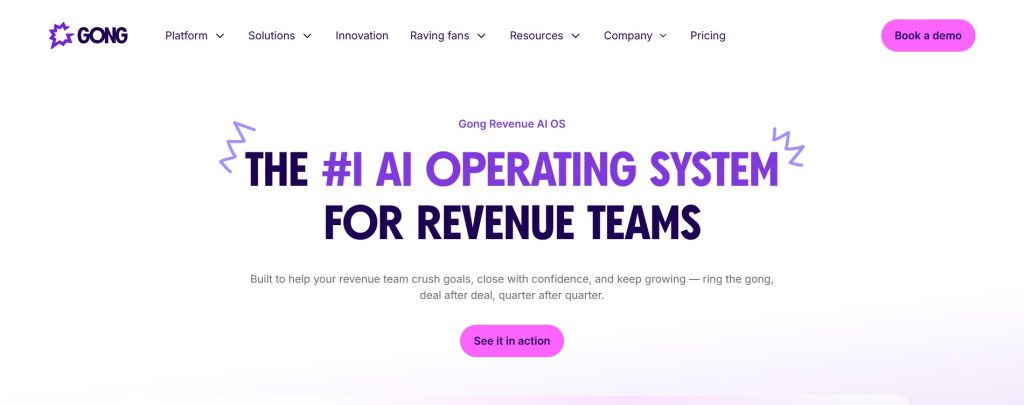
Description:
Gong captures and analyses sales conversations (calls, emails, meetings) to provide insights into what’s working, what stalls deals, and how to optimise GTM motion.
Top Features:
• Call and meeting recording + transcription
• Conversation analytics (speaker talk-time, objection types, next-step clarity)
• Deal-stage health scoring and coaching tools
Best For: Sales-led organisations looking to drive predictable revenue through insights into seller behaviour
Pricing: Custom
7. Seismic – Sales Enablement & Content Hub
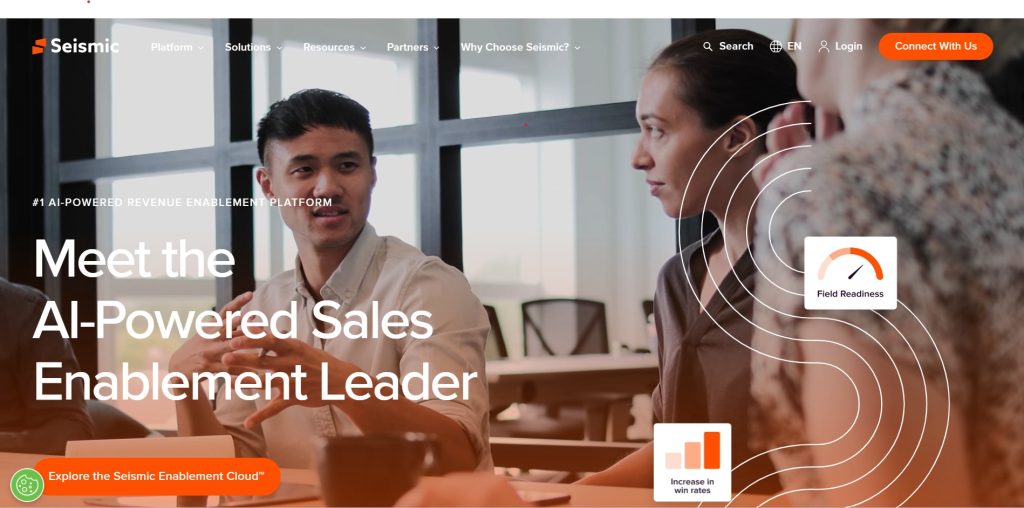
Description:
Seismic is a sales enablement platform that helps GTM teams equip sellers with the right content, training, and playbooks and track how content is used to influence deals.
Top Features:
• Content repository with versioning and analytics on usage
• Playbook creation and guided selling workflows
• Integration with CRM to track content → pipeline correlation
Best For: Mid-to-large enterprises with large sales teams needing consistency and insights across reps
Pricing: Custom
8. Outreach – Sales Engagement & Sequence Automation

Description:
Outreach is a sales engagement platform that enables GTM teams to design, execute, and optimise multi-touch outreach workflows (email, voice, social) and track metrics across the funnel.
Top Features:
• Visual journey builder for outreach sequences
• Analytics dashboard showing conversion at each stage
• Integration with CRM, dialing, LinkedIn workflows
Best For: Sales organisations scaling SDR/AE teams with heavy outbound activity
Pricing: Custom / user-based
9. Clay – Graphical Data Enrichment & Workflow Automation
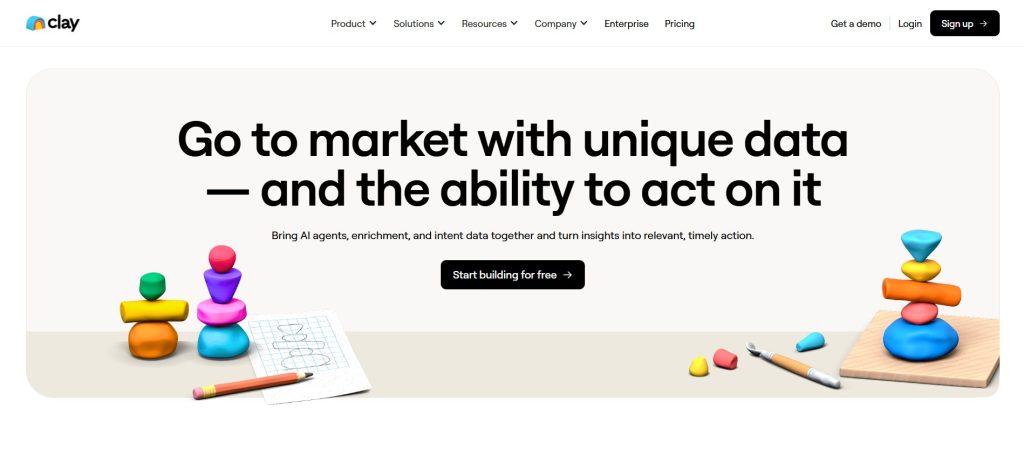
Description:
Clay is a tool for enrichment, workflow automation, and data orchestration helping GTM engineers clean, visualise and operationalise data across the stack.
Top Features:
• Visual data workflows for cleaning/enriching contact & account data
• Triggers and webhooks for connecting enrichment to CRM/workflow automation
• Flexible for GTM engineers to build custom data logic without heavy dev
Best For: GTM teams with ops/data resources looking to automate enrichment and data flows
Pricing: Starts from ~$250/month (varies)
How to Choose the Right GTM Tool Stack
1. Define your GTM motion first. Is your launch outbound-heavy, product-led, or account-based?
2. Identify high-leverage gaps. Where is the bottleneck data, outreach, alignment, content?
3. Prioritise integration. Your tools must play well with CRM, data warehouse, marketing automation.
4. Start lean. Pick one or two critical tools, validate value, then expand the stack.
5. Measure impact. Track improvements in pipeline velocity, conversion rates, cost per opportunity not just tool adoption.
6. Ops & tooling matter. Without clean data and workflow automation, even the best tools under-perform.
FAQ – Frequently Asked Questions
Q1: What exactly are go-to-market (GTM) tools?
GTM tools are software platforms that support various aspects of bringing a product or service to market such as market research, contact/enrichment, outreach automation, analytics, and sales-marketing alignment. They help your team execute your GTM strategy more efficiently and at scale.
Q2: Do I need a different GTM tool for every step of the process?
Not always. Some platforms (like Tapistro, HubSpot) cover multiple phases (data, outreach, analytics). But depending on your complexity, you may adopt specialised tools for distinct needs (e.g., Gong for conversation intelligence, Clay for data enrichment).
Q3: How do GTM tools help me drive more revenue or conversions?
By enabling faster, more personalised, and more timely engagement with buyers, improving data quality, aligning marketing & sales, and measuring pipeline impact. When used well, they boost conversion rates and reduce sales cycle length.
Q4: What should I look for when choosing GTM tools?
- Fit with your GTM model (product-led vs outbound vs ABM)
- Integration with existing systems (CRM, data warehouse)
- Data quality and enrichment capabilities
- Multi-channel outreach & personalisation
- Analytics that tie to real revenue outcomes
- Usability and onboarding timeline
Q5: What’s the difference between GTM strategy and GTM tools?
Your GTM strategy is your plan who you are selling to, what message, through which channels, and how you’ll win. GTM tools are the operational and technical enablers that allow you to carry out the strategy, monitor its performance, and optimise it.
Closing Thoughts
In 2025, your GTM strategy needs to be faster, smarter, and more aligned than ever. The right tools won’t replace your strategy but they’ll amplify it. Whether you’re running outbound campaigns, product-led journeys, or ABM motions, focus on tools that integrate, scale, and deliver measurable impact.
Start with one or two high-value tools, tie them to your key GTM metrics, and iterate rather than buying a full stack and hoping for adoption. With discipline, alignment, and the right tech, you’ll turn your GTM strategy into predictable growth.
